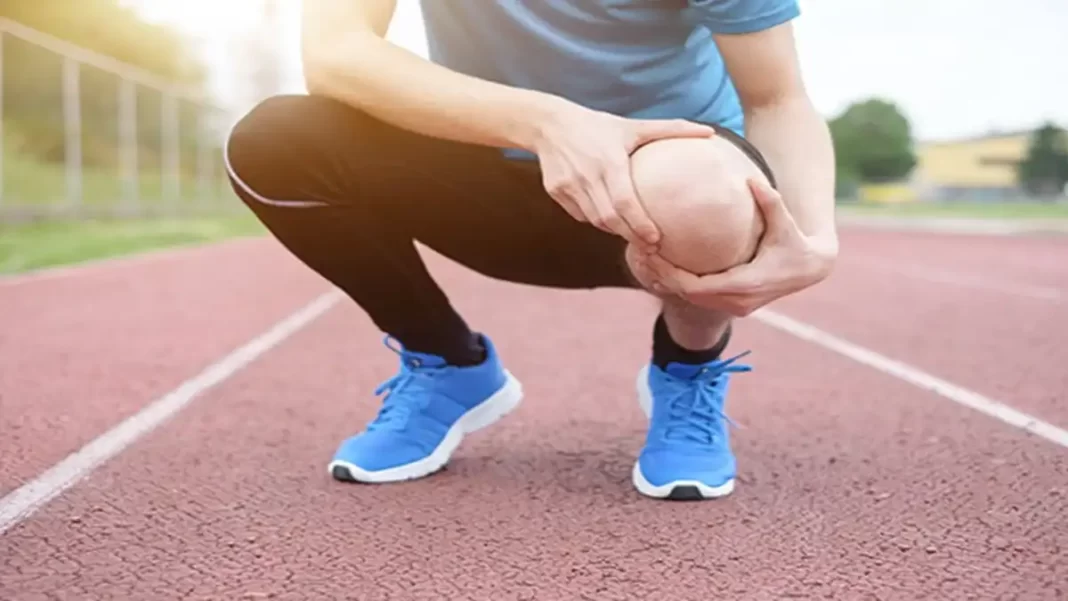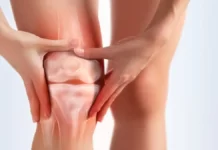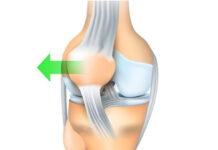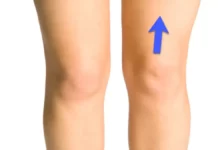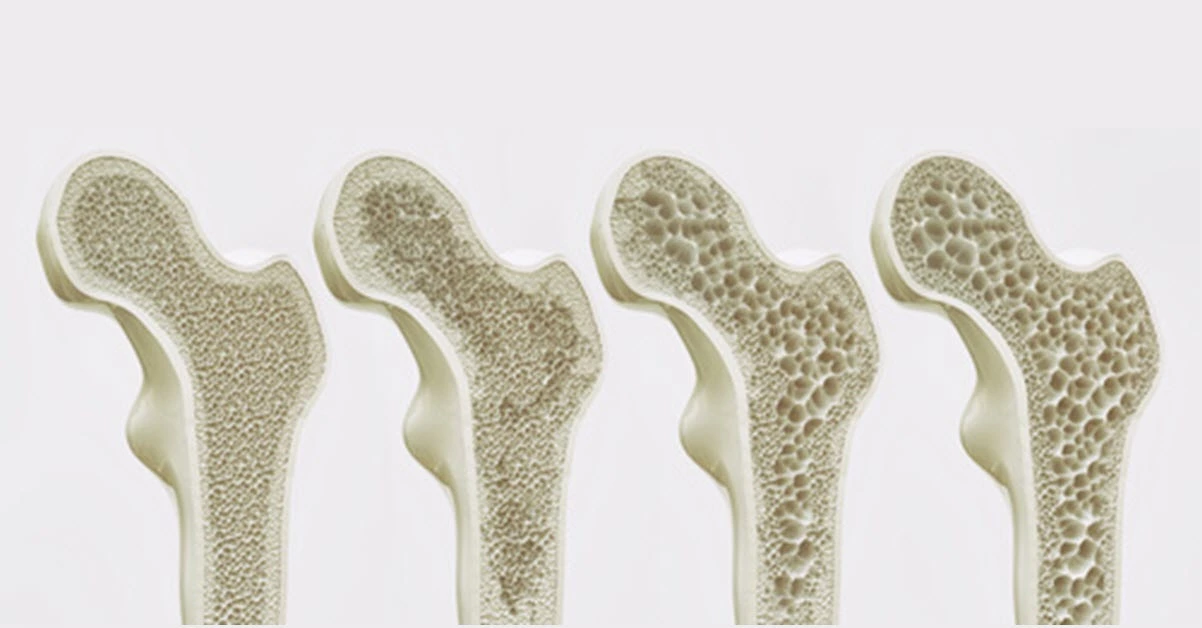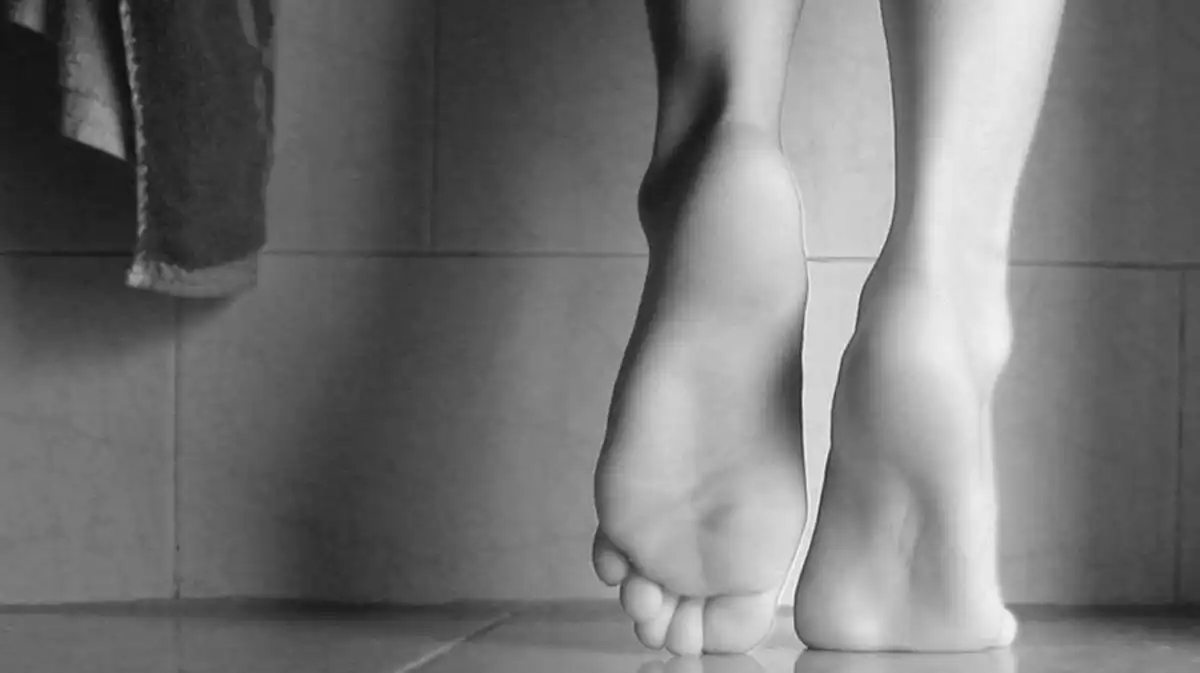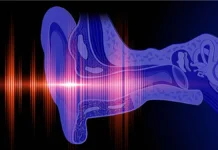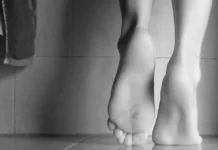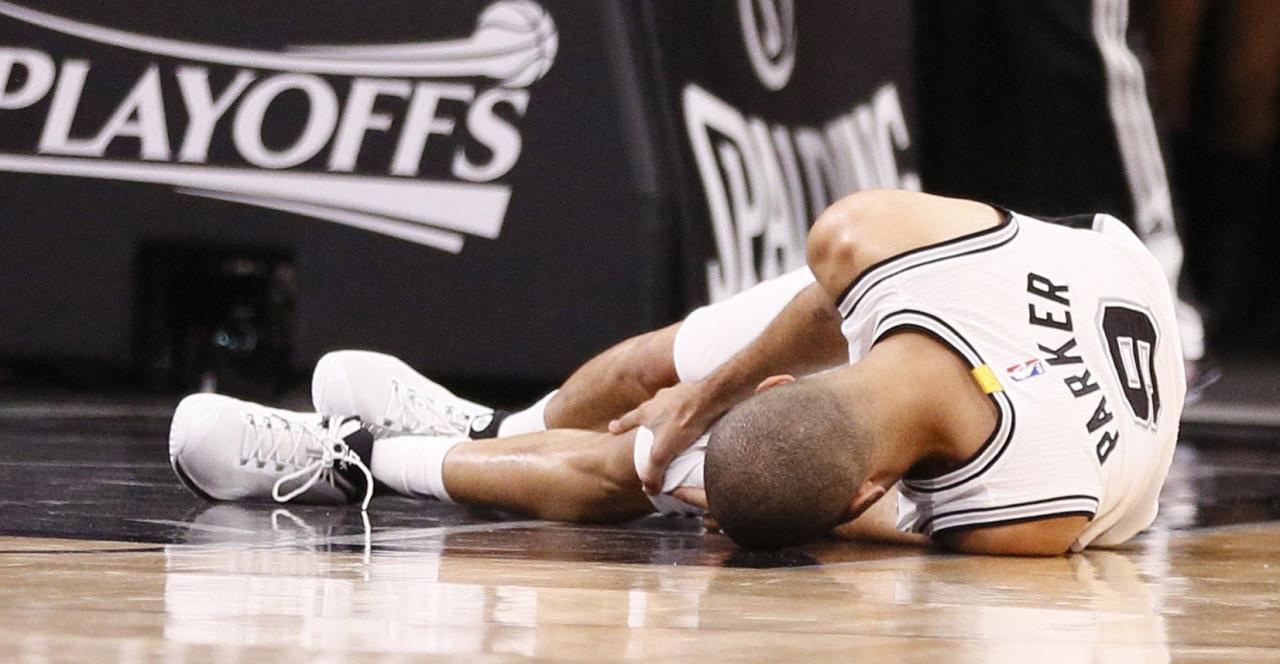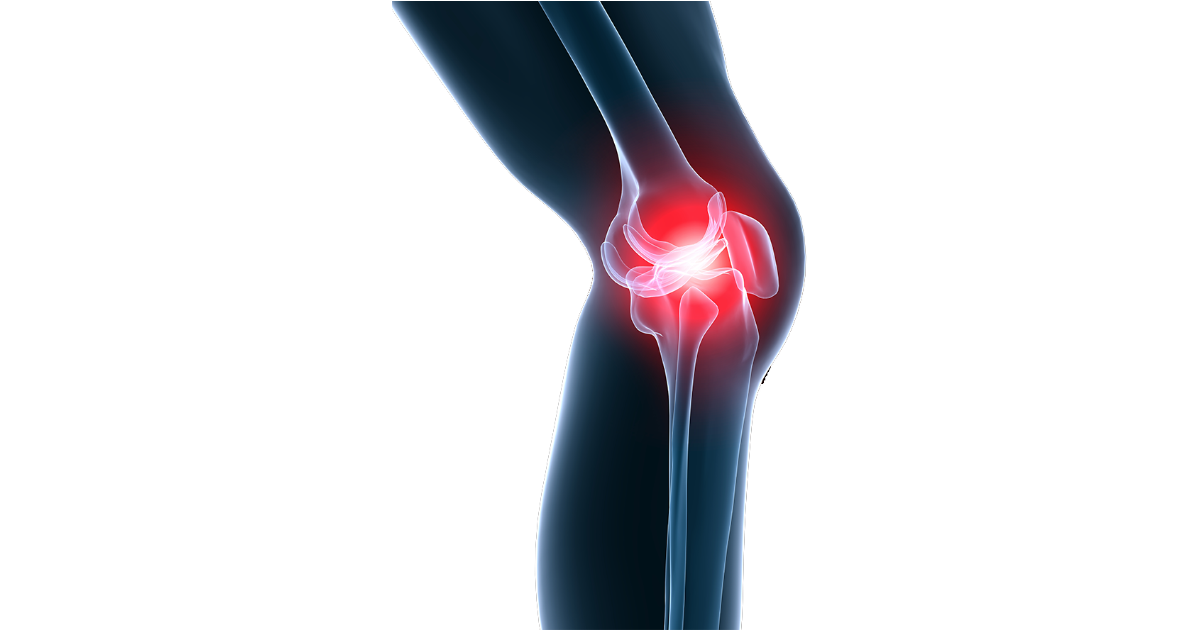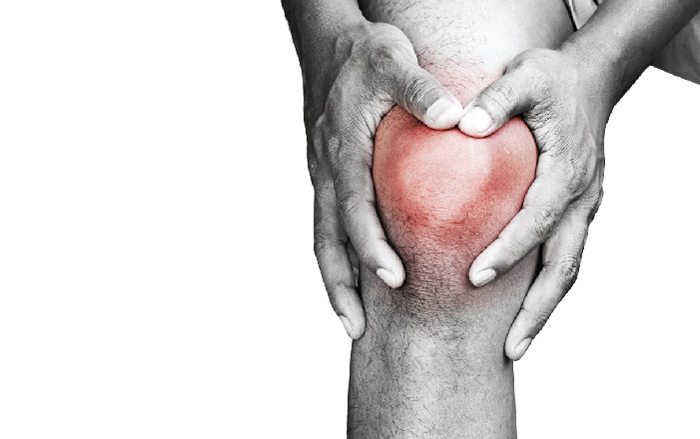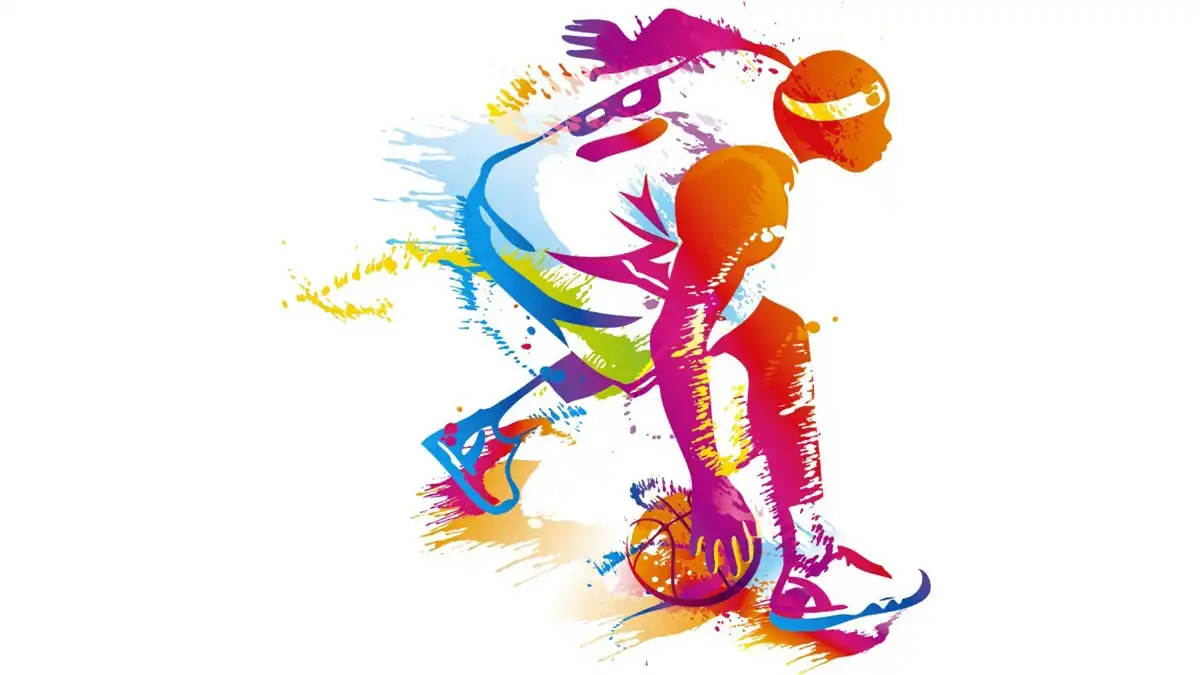Introduction
Kneecap pain, also called patellar pain, is a condition that can be attributed to a variety of factors. One of the common causes is patellofemoral syndrome, characterized by irritation of the cartilage located under the kneecap. Repetitive movements, such as excessive flexion and extension of the knee, can cause abnormal wear and tear on the cartilage, leading to pain and discomfort.
Direct injuries, such as impacts or falls on the knee, can also lead to kneecap pain. These impacts can cause damage to the cartilage, ligaments or tendons surrounding the kneecap, thus triggering painful symptoms.
Muscle imbalances and weaknesses in the knee area are another potential cause of kneecap pain. Unbalanced muscles can put uneven pressure on the kneecap, disrupting its normal movement and causing discomfort. Weakness in the stabilizing muscles of the knee can also contribute to poor alignment of the kneecap, thus promoting the development of pain.
Biomechanical disorders, such as excessive foot pronation, can also influence patella pain. Improper distribution of pressure on the knee can result from these disorders, increasing stress on the kneecap and causing pain.
Anatomical factors, such as the shape or position of the kneecap, can also play a role in the occurrence of pain. A misaligned or unstable kneecap can cause abnormal friction and excessive stress, causing painful symptoms.
Additionally, intensive or poorly adapted physical activities can contribute to kneecap pain. Sports that involve frequent flexion and extension of the knee, such as running or jumping, can aggravate existing problems or trigger new pain.
Medical conditions, such as arthritis, can also cause kneecap pain. Joint inflammation due to arthritic problems can affect the kneecap, leading to painful symptoms.
Possible cause of kneecap pain
A common reason for this pain is patellofemoral syndrome, often resulting from repetitive movements involving excessive flexion and extension of the knee. These repeated actions can lead to abnormal wear and tear of the cartilage under the kneecap, causing irritation and pain.
Direct injury is another potential cause of kneecap pain. Impacts or falls on the knee can cause damage to the cartilage, ligaments or tendons surrounding the kneecap, thus triggering painful symptoms.
Muscle imbalances and weaknesses in the knee can also contribute to kneecap pain. Unbalanced muscles can put uneven pressure on the kneecap, disrupting its normal movement and causing discomfort. Weakness in the stabilizing muscles of the knee can also promote poor alignment of the kneecap, thereby contributing to the development of pain.
Biomechanical disorders, such as excessive foot pronation, can influence kneecap pain. Incorrect distribution of pressure on the knee resulting from these disorders can increase stress on the kneecap and cause pain.
Anatomical factors, such as the shape or position of the kneecap, can also play a role in the development of pain. A misaligned or unstable kneecap can cause abnormal friction and excessive stress, causing painful symptoms.
Certain intensive or poorly adapted physical activities can also contribute to kneecap pain. Sports that involve frequent flexion and extension of the knee, such as running or jumping, can aggravate existing problems or trigger new pain.
Finally, medical conditions such as arthritis can be a cause of kneecap pain. Joint inflammation due to arthritic problems can affect the kneecap, leading to painful symptoms.
- Patellofemoral syndrome (PFS): This is a condition in which the kneecap rubs against the femur, causing irritation. This may be due to improper alignment of the kneecap, weakening of the muscles around the knee, or overuse.
- Injuries: Direct injuries to the kneecap, such as bumps or falls, can cause pain.
- Patellar tendonitis: Inflammation of the tendon that connects the kneecap to the shin bone can cause kneecap pain.
- Arthritis: Arthritis, especially rheumatoid arthritis or osteoarthritis, can affect the knee and cause kneecap pain.
- Overuse: Excessive activity, especially activities that involve repetitive movements of the knee, can cause strain and pain in the kneecap.
- Cartilage problems: Problems such as cracks in the cartilage of the kneecap can cause pain.
- Patella tracking problems: If the patella does not follow its normal path correctly during movement, this can cause pain.
Symptoms of kneecap pain
Symptoms can vary in intensity and manifestation, but they share common characteristics. Pain, often described as a feeling of discomfort or discomfort, is one of the main symptoms. This pain may be felt in the front of the knee, under or around the kneecap, and may intensify with activities that strain the knee, such as walking, going up or down stairs, or sitting. extended with the knee bent.
Another common symptom is the sensation of cracking or crackling during knee movements. This crackling sound may result from abnormal friction between the patella and adjacent joint surfaces, often signaling alterations in the structure or movement of the patella.
Knee stiffness is also seen in some individuals with kneecap pain. A feeling of stiffness may be felt, particularly after a prolonged period of inactivity, such as upon waking up in the morning. This stiffness can influence knee mobility and make movements more difficult.
Symptoms of kneecap pain may be exacerbated by specific activities, especially those involving repeated knee flexion. Flexion and extension movements can trigger or worsen pain, and prolonged standing in uncomfortable positions can also intensify symptoms.
In addition to physical symptoms, kneecap pain can also impact an individual’s emotional and mental well-being. Consistency of pain can contribute to stress, frustration, and even depression, thereby affecting overall quality of life.
It is essential to note that symptoms of kneecap pain can vary from person to person depending on the underlying cause of the pain and the severity of the condition. A thorough medical evaluation is recommended to accurately identify the source of the pain and develop an appropriate treatment plan. Pain management approaches may include physiotherapy to strengthen the stabilizing muscles of the knee, activity modifications, and sometimes, medical or surgical interventions depending on the nature of the condition.
- Localized pain: Pain is usually felt around or behind the kneecap. It can be sharp, throbbing, or rather a burning sensation.
- Swelling: Swelling or swelling around the kneecap may accompany the pain. This may be due to soft tissue inflammation or fluid buildup in the knee joint.
- Tenderness to touch: The area around the kneecap may be tender to touch, and direct pressure may intensify the pain.
- Cracking or popping sounds: Some individuals may experience cracking, crackling, or grinding sensations when bending or extending the knee.
- Difficulty bending or extending the knee: Pain may make it difficult to fully flex or extend the knee.
- Instability: Some may experience a feeling of instability or weakness in the knee, which may be especially noticeable when walking or other activities.
- Redness: In some cases, the skin around the kneecap may turn red due to inflammation.
- Pain during physical activity: Kneecap pain may be triggered or worsened during certain activities, such as running, going up or down stairs, or sitting for prolonged periods.
Recommendation for those suffering from kneecap discomfort
In general, managing kneecap pain often involves conservative approaches. Rest is essential to allow the knee to recover. Avoiding activities that exacerbate pain, such as running or jumping, can prevent additional strain on the kneecap. Using ice may be beneficial in reducing inflammation and relieving pain. Applying ice for short periods of time, several times a day, can be an effective practice.
Strengthening the muscles around the knee, particularly the quadriceps, can help stabilize the kneecap and reduce unwanted stress. A physical therapist can recommend specific exercises aimed at strengthening your lower body muscles in a balanced way.
Using support devices such as knee braces or bandages can also offer relief by stabilizing the kneecap and reducing stress on the joint.
Modifying daily activities to avoid positions or movements that worsen pain is a key recommendation. This may include adjusting seat height, using appropriate footwear, and avoiding prolonged sitting in uncomfortable positions.
List of recommendations
- Rest: Give your knee time to recover by avoiding activities that could make the pain worse. Limit the load on the knee for a while.
- Ice application: Apply ice to the painful area for 15 to 20 minutes every few hours. This can help reduce inflammation and relieve pain.
- Elevation: Elevate your leg to reduce swelling. Place a cushion under your knee when sitting or lying down.
- Compression: Use a compression bandage to help control swelling, but be sure not to tighten it too tightly.
- Taking nonsteroidal anti-inflammatory drugs (NSAIDs): Under the supervision of a healthcare professional, you can take over-the-counter medications such as ibuprofen to reduce pain and inflammation.
- Strengthening exercises: Follow specific muscle strengthening exercises, especially for the muscles around the knee. A physiotherapist can recommend exercises tailored to your condition.
- Stretches: Certain stretches can help improve flexibility and relieve tension around the knee. Consult a healthcare professional for specific recommendations.
- Maintaining a healthy weight: If you are overweight, losing weight can reduce pressure on the knee and ease pain.
- Appropriate shoes: Wear shoes appropriate for your physical activity, especially if you run or play other sports.
- Medical consultation: If pain persists, consult a doctor, orthopedist or physiotherapist to obtain an accurate diagnosis and a treatment plan tailored to your situation.
The Q angle and patellar discomfort
The Q angle, also called the quadriceps angle, is a measurement that assesses how well the patella follows its normal path in the femoral groove when the knee is moving. This angle is formed by the line connecting the anterior superior iliac spine (ASIS) to the kneecap (patella) and the line connecting the patella to the tibial tubercle.
A higher Q angle may indicate malalignment of the patella, which can contribute to problems such as patellofemoral syndrome (PFS) or other patella disorders. PFS is a condition where the kneecap does not track properly during knee movement, causing irritation and pain around the kneecap.
If you are experiencing discomfort in your kneecap and have been told about the Q angle, this could mean that your healthcare professional is evaluating the biomechanics of your knee to determine if abnormal alignment of the kneecap is a contributing factor to your pain. A higher Q angle can sometimes be associated with problems tracking the patella.
Treatment for Q-angle patella pain may include muscle strengthening exercises, stretching, and other interventions to improve knee stability and alignment. A physical therapist or orthopedic specialist may be able to recommend specific exercises and a treatment plan tailored to your situation.
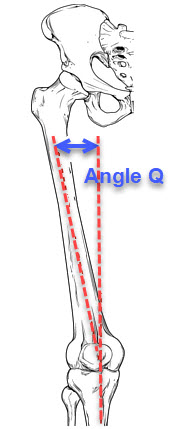
- An angle greater than 18° in women and 12° in men will cause medial displacement of the patella and premature wear of:
- Medial surface of the patella
- Surface of the medial condyle in contact with the patella

Factors affecting patellar discomfort
Patellar discomfort can be influenced by various factors that affect the health and function of the knee. One of these key factors is muscular imbalances. A weakening or imbalance in the muscles surrounding the kneecap can lead to joint instability, increasing the risk of patellar discomfort. Weakened muscles, particularly the quadriceps, may not provide adequate support to the kneecap, leading to unwanted stress.
Biomechanical disorders also play a significant role in patellar discomfort. Improper pressure distribution across the knee, often linked to biomechanical issues such as excessive foot pronation, can lead to increased stress on the kneecap, contributing to pain.
Anatomical factors, such as the shape and position of the patella, can influence the occurrence of patellar discomfort. A kneecap that is misaligned or has structural irregularities can cause abnormal friction, leading to irritation and pain.
Inappropriate or excessive physical activities can worsen patellar discomfort. Repetitive movements, such as running, jumping, or exercises involving excessive knee flexion, can increase the load on the kneecap and cause painful symptoms.
Direct trauma or injuries to the knee can also be triggering factors for patellar discomfort. Direct impacts, shocks or falls can cause damage to the structures surrounding the kneecap, contributing to pain.
Additionally, postural imbalances and poor body alignment habits can influence patellar discomfort. Poor posture during daily activities or at work can put increased pressure on the knee, exacerbating symptoms.
Psychosocial factors, such as stress and anxiety, can also impact patellar discomfort. Stress can cause increased muscle tension, affecting knee stability and contributing to pain.
List of factors
- Poor alignment of the patella (tracking): Misalignment of the patella in relation to the femur can lead to abnormal friction and increased pressure on the cartilaginous surface, thus causing pain in the patella.
- Muscle weakness: Weakening of the quadriceps muscles (muscle group at the front of the thigh) can compromise knee stability and contribute to patellar discomfort.
- Muscle Imbalance: An imbalance between the thigh muscles, particularly between the medial and lateral quadriceps muscles, can influence the movement of the patella and lead to problems.
- Anatomical factors: Some individuals may have anatomical characteristics that predispose to patella problems, such as abnormalities in the shape of the patella or femur.
- Hyperpronation of the foot: Excessive pronation of the foot can cause internal rotation of the tibia, affecting the trajectory of the patella.
- High-impact activities: Certain sports or physical activities, such as running, jumping, or going up/down stairs, can put additional pressure on the kneecap.
- Improper training technique: Improper training technique, especially when performing strength training or knee flexion exercises, can contribute to patellar discomfort.
- Overweight: Excess weight can increase the load on the knee, which can make patella problems worse.
- Age: Patellar discomfort may be more common in adolescents and young adults, particularly due to uneven growth and muscle development.
- Previous injuries: Previous knee injuries, such as sprains or fractures, can increase the risk of developing patella problems.


